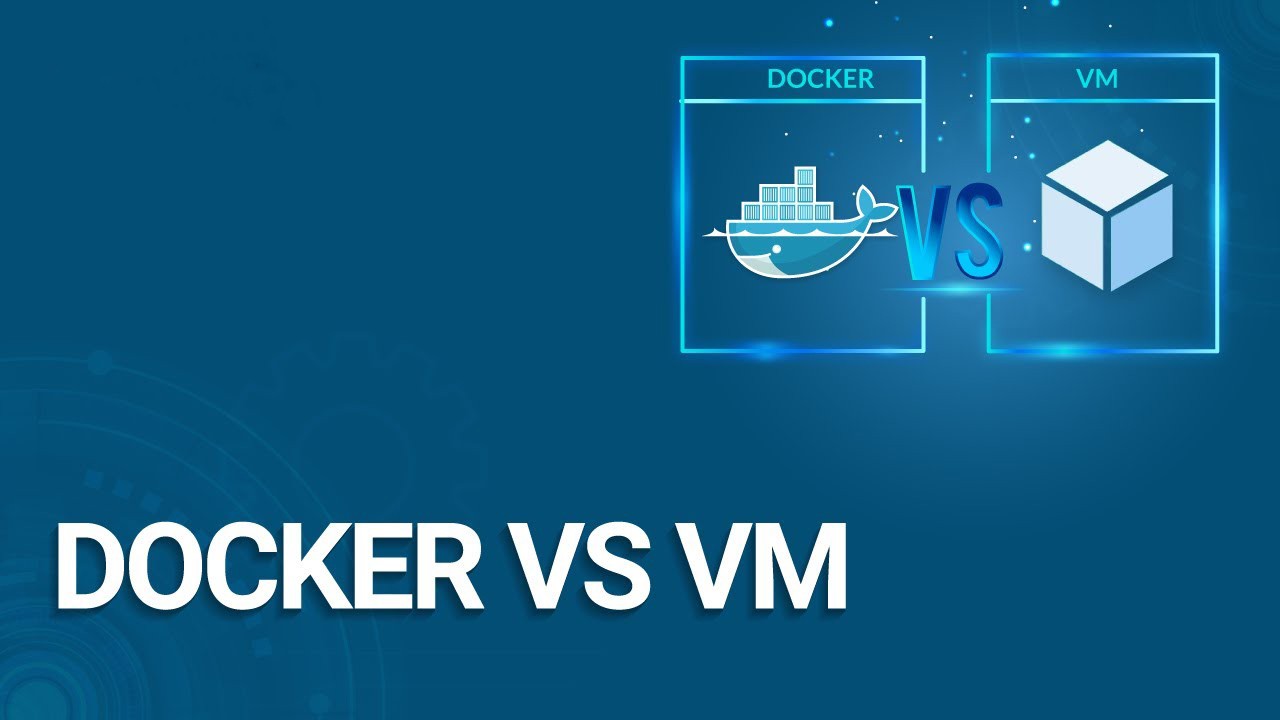In today’s digital landscape, the ability to gain deep insights into your applications’ performance and understand user interactions is paramount. This is where Splunk OpenTelemetry comes into play, revolutionizing observability by providing a comprehensive solution for capturing, analyzing, and visualizing real-time data. In this article, we will explore the world of Splunk OpenTelemetry, its significance, how it works, and provide answers to common questions about this powerful observability tool.
The Significance of Splunk OpenTelemetry
Splunk OpenTelemetry is a groundbreaking solution that empowers organizations to collect data across their applications and infrastructure, ensuring observability, reliability, and performance optimization. Its significance lies in the following key areas:
- Unified Observability: Splunk OpenTelemetry offers a unified platform for collecting, storing, and analyzing data from various sources, including applications, microservices, and infrastructure.
- Real-Time Insights: It provides real-time insights into your system’s performance and user interactions, enabling proactive issue resolution and performance optimization.
- Extensive Compatibility: Splunk OpenTelemetry is compatible with multiple programming languages, making it versatile for developers across the tech stack.
- Enhanced Security: Beyond performance monitoring, it also offers security insights, allowing organizations to detect and respond to threats promptly.
- Scalability and Flexibility: As your organization grows, Splunk OpenTelemetry can scale with you, offering adaptability to diverse use cases and environments.
http://informationarray.com/2023/10/14/vs-code-for-linux-unlocking-efficient-coding-on-your-open-source-journey/
How Splunk OpenTelemetry Works
Splunk OpenTelemetry functions by collecting and processing data from applications, services, and infrastructure. Here’s a simplified overview of how it operates:
- Data Collection: Splunk OpenTelemetry collects data by injecting telemetry instrumentation into your applications. This telemetry data can include performance metrics, logs, traces, and more.
- Data Ingestion: The collected data is ingested into the Splunk platform, where it is stored and indexed for analysis.
- Search and Analysis: Users can search, query, and analyze this data using the powerful search and analysis capabilities of Splunk.
- Visualization and Alerts: Splunk OpenTelemetry allows you to create custom dashboards and visualizations, providing insights into your data. You can set up alerts to be notified of specific events or conditions.
- Actionable Insights: The goal of Splunk OpenTelemetry is to provide actionable insights that help you make informed decisions, troubleshoot issues, and optimize performance.
http://informationarray.com/2023/10/13/bigquery-vs-elasticsearch-a-comparative-analysis/
Frequently Asked Questions (FAQs)
1. What types of data can Splunk OpenTelemetry collect?
Splunk OpenTelemetry can collect a wide range of data, including performance metrics, logs, traces, and event data from applications, services, and infrastructure.
2. Is Splunk OpenTelemetry limited to specific programming languages?
No, Splunk OpenTelemetry is not limited to specific programming languages. It supports various languages, making it accessible and versatile for developers.
3. Can Splunk OpenTelemetry integrate with third-party tools and services?
Yes, Splunk OpenTelemetry offers compatibility and integration with third-party tools and services, making it adaptable to different technology ecosystems.
4. How can I get started with Splunk OpenTelemetry?
To get started with Splunk OpenTelemetry, you can visit the Splunk website to explore available solutions and request a demo or trial.
For further insights into Splunk OpenTelemetry and its capabilities, you can visit the official Splunk website.
Splunk OpenTelemetry is a game-changer for organizations seeking to gain observability into their applications and infrastructure. By collecting, analyzing, and visualizing real-time data, it empowers them to make informed decisions, optimize performance, and ensure the reliability of their systems.
For more information and resources, visit the official Splunk website.









